Blonde Naso Tang
-
Blonde Naso Tang, also called the Orange-spine Unicornfish matures and darkens. In its juvenile stage, it's gray with stripes of yellow along the dorsal as well as the anal fin. After maturation, the body develops the appearance of a darker gray-blue-gray along with the youthful striping gets enhanced with additional colors. The tail is transformed into a lyre-like shape, with two patches of yellow appearing on the peduncle spines that are close to the tail. A black, thin mask appears between the mouth and eyes and the lips turn the color of yellow. Naso Tangs found in Hawaii tend to be more vibrantly colored than those from other places.
A 180-gallon or bigger aquarium must have ample swimming space and hiding spots and secure lids in order to keep the fish from jumping off to escape. It can be aggressive with other tangs but is calm with the other fish within the tank.
While Tangs are known to eat meaty food alongside others in aquariums, it's crucial that they receive ample amounts of seaweed that is marine-based and algae. This will boost the immune system of Tangs, lessen aggression, and boost their overall health. Provide dried seaweed that is tied to a rock, or the veggie clip, and feed them three times a week. Sea Veggies, Seaweed Salad, and Ocean Nutrition are all ideal products that are simple to prepare.
Approximate Size of Purchase:
- Small: 1-1/2" to 2";
- Small/Medium: 2" to 3";
- Medium 3" to 4";
- Medium/Large: 4" to 6";
- Large: 6" to 8";
- X Large 8" to 10";
- XX Large 10" to 12"
- Description
- Additional Information
- Reviews
General information regarding Blonde Naso Tang
The Blonde Naso Tang darkens with maturation. When it is a young animal it's gray and has stripes of yellow on the dorsal as well as the anal fin. After maturation, the body is the appearance of a darker gray-blue-gray the youthful striping gets added with additional colors. The tail develops a lyre-like shape, with two patches of yellow appearing on the peduncles' spines close to the tail. A black, thin mask is formed between the mouth and eyes and the lips take on the color of yellow. Naso Tangs are from Hawaii are typically more vividly colored than the ones found in other regions. A large aquarium is required to ensure ample space for swimming as well as hiding places and a tight fitting lid to stop them from jumping out of the tank. It can be aggressive with other tangs but calm with the other fish within the tank.


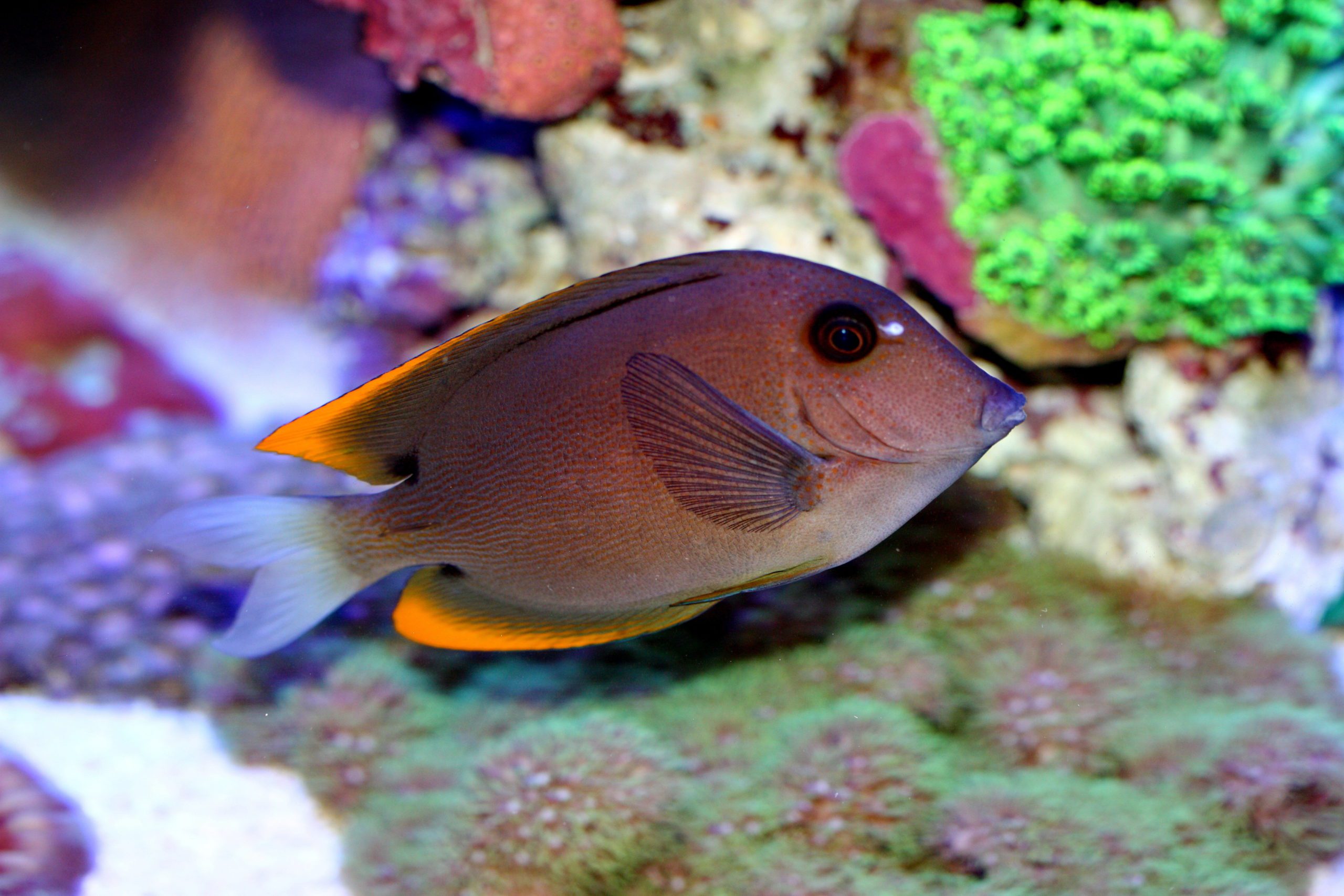
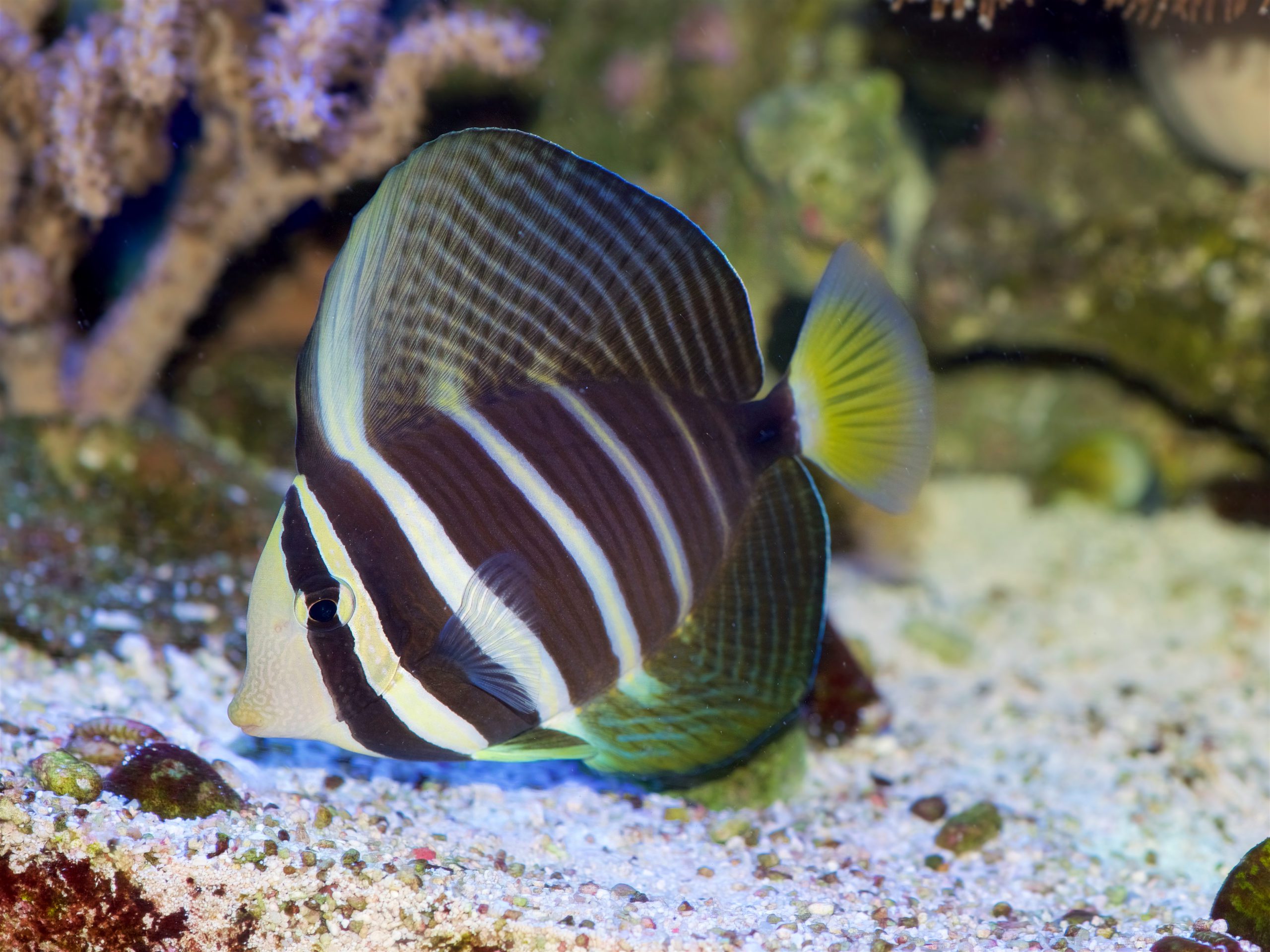
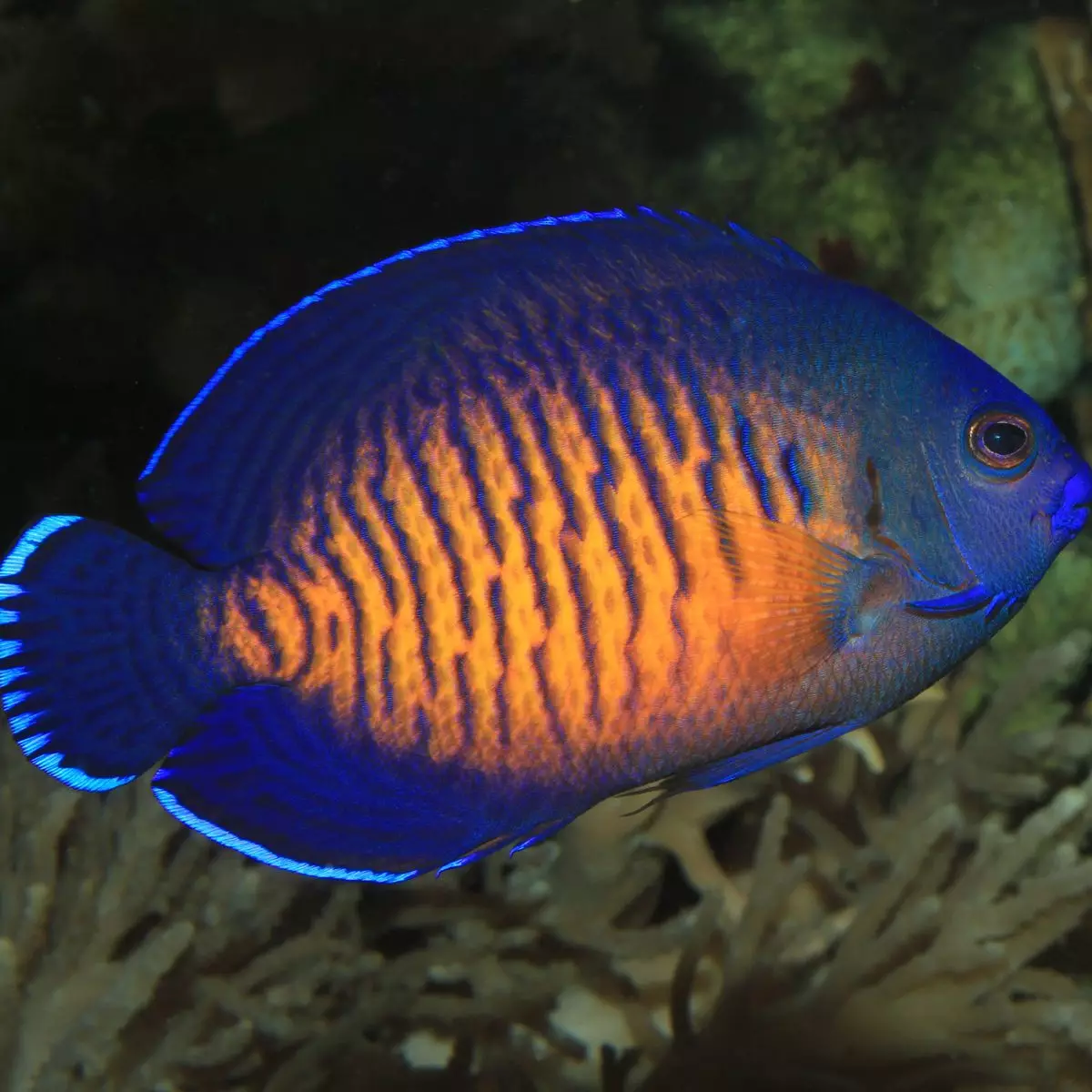
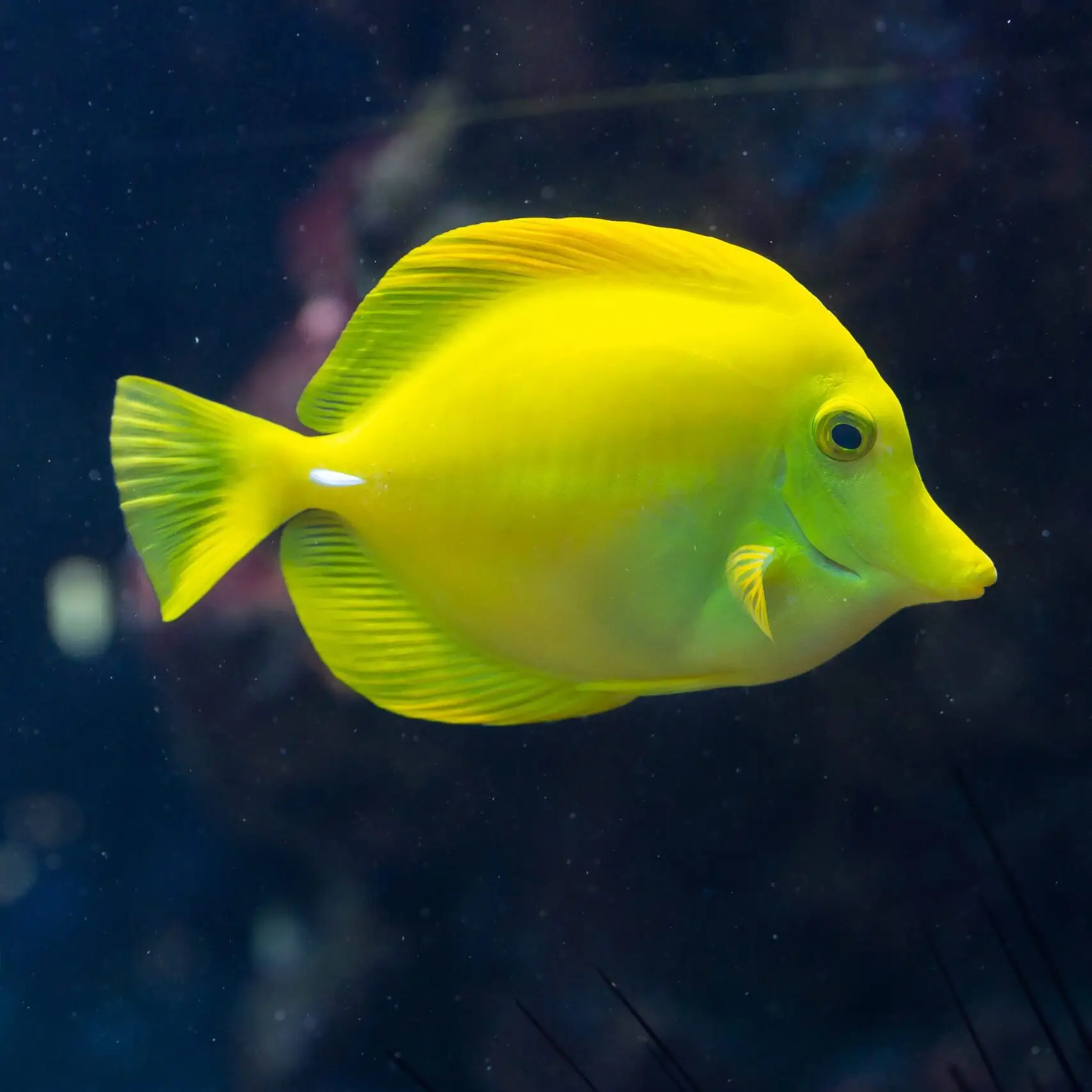
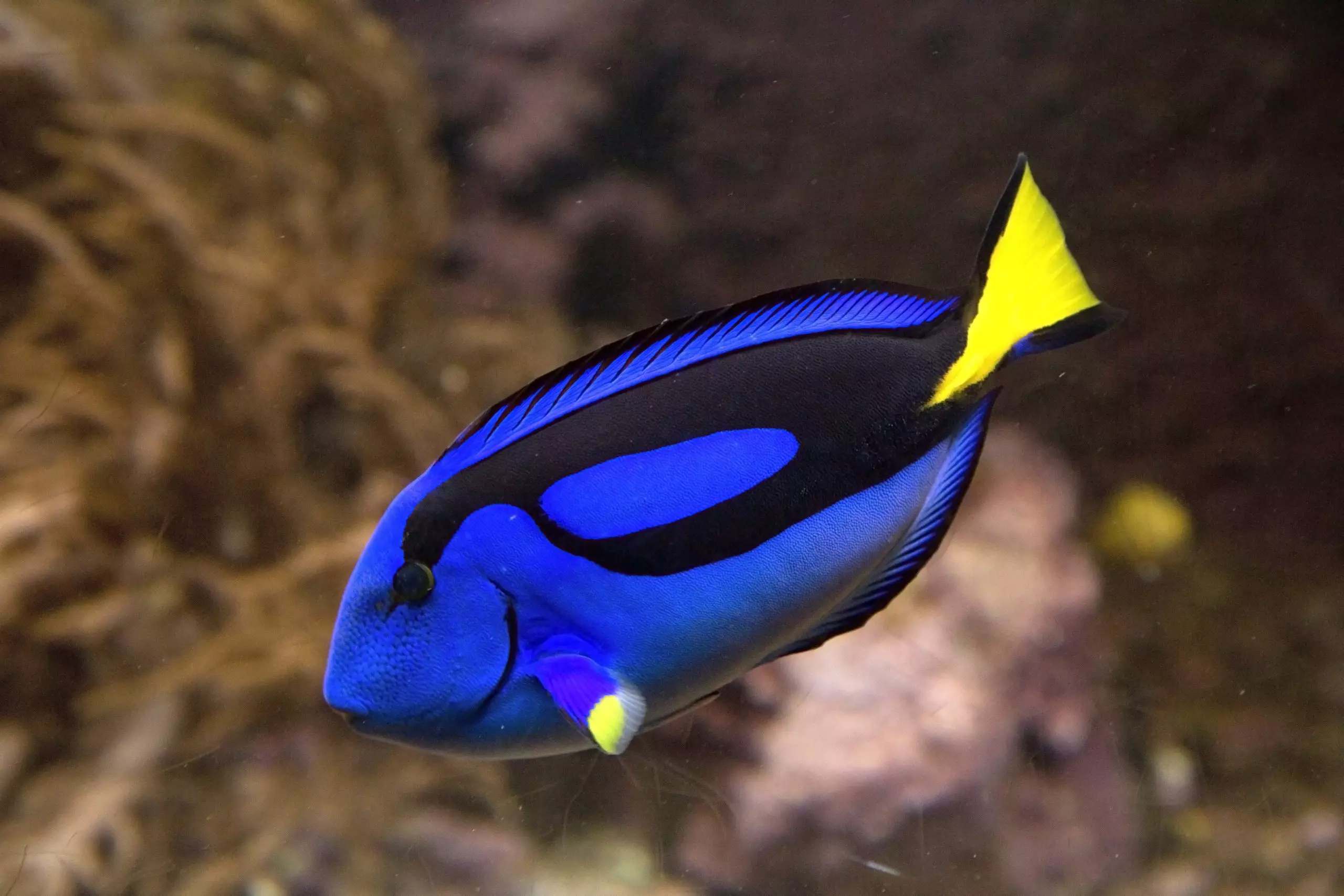
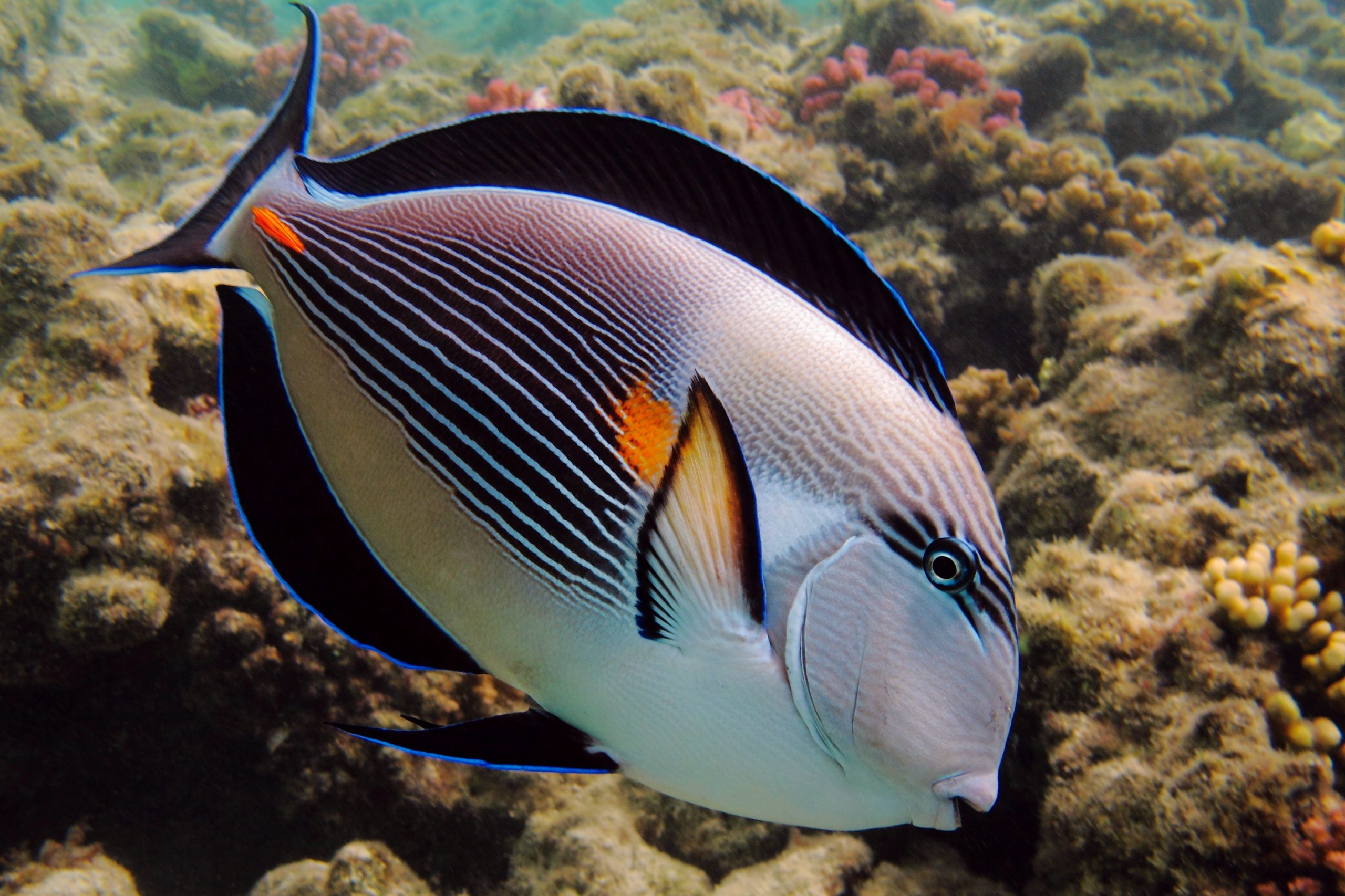
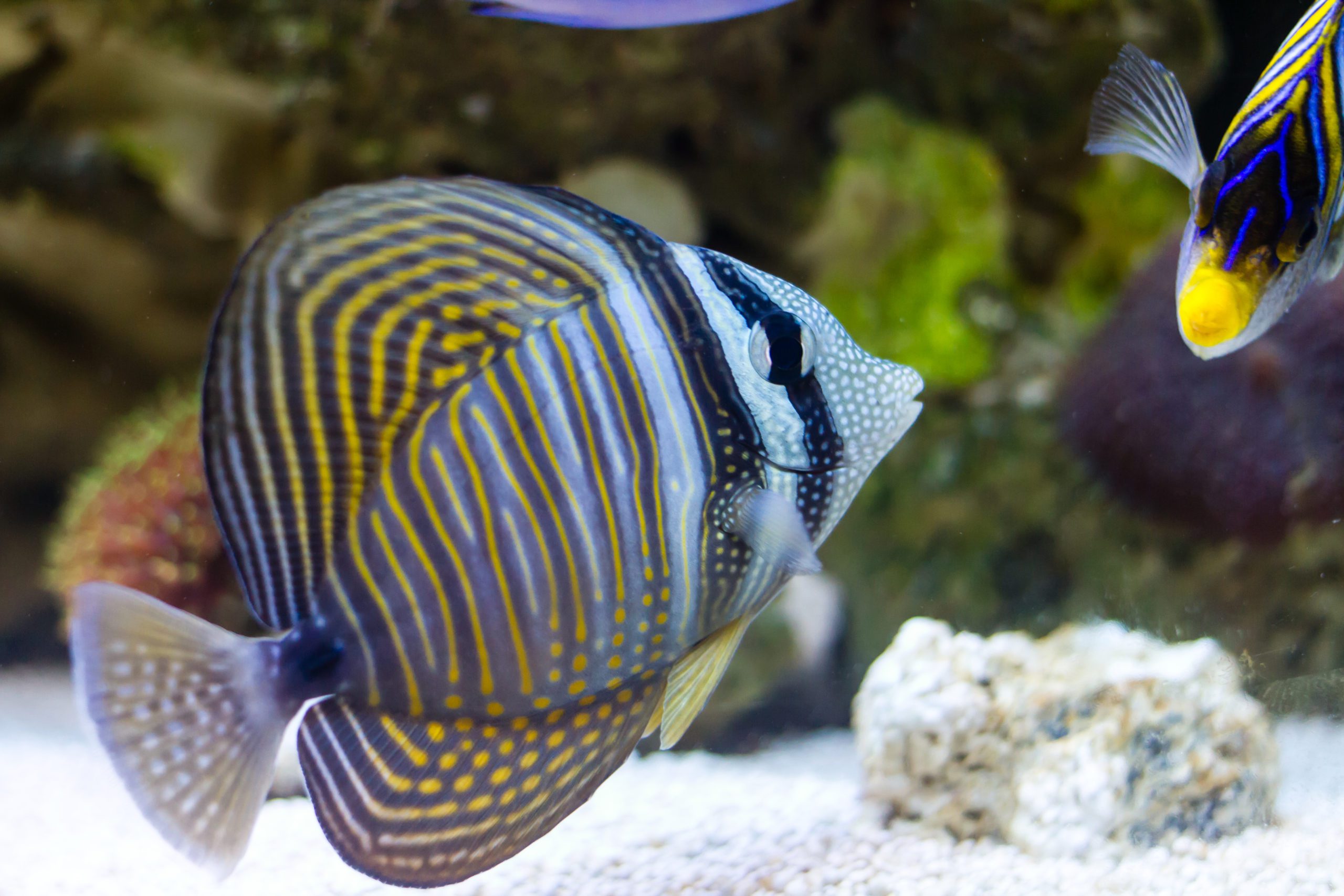
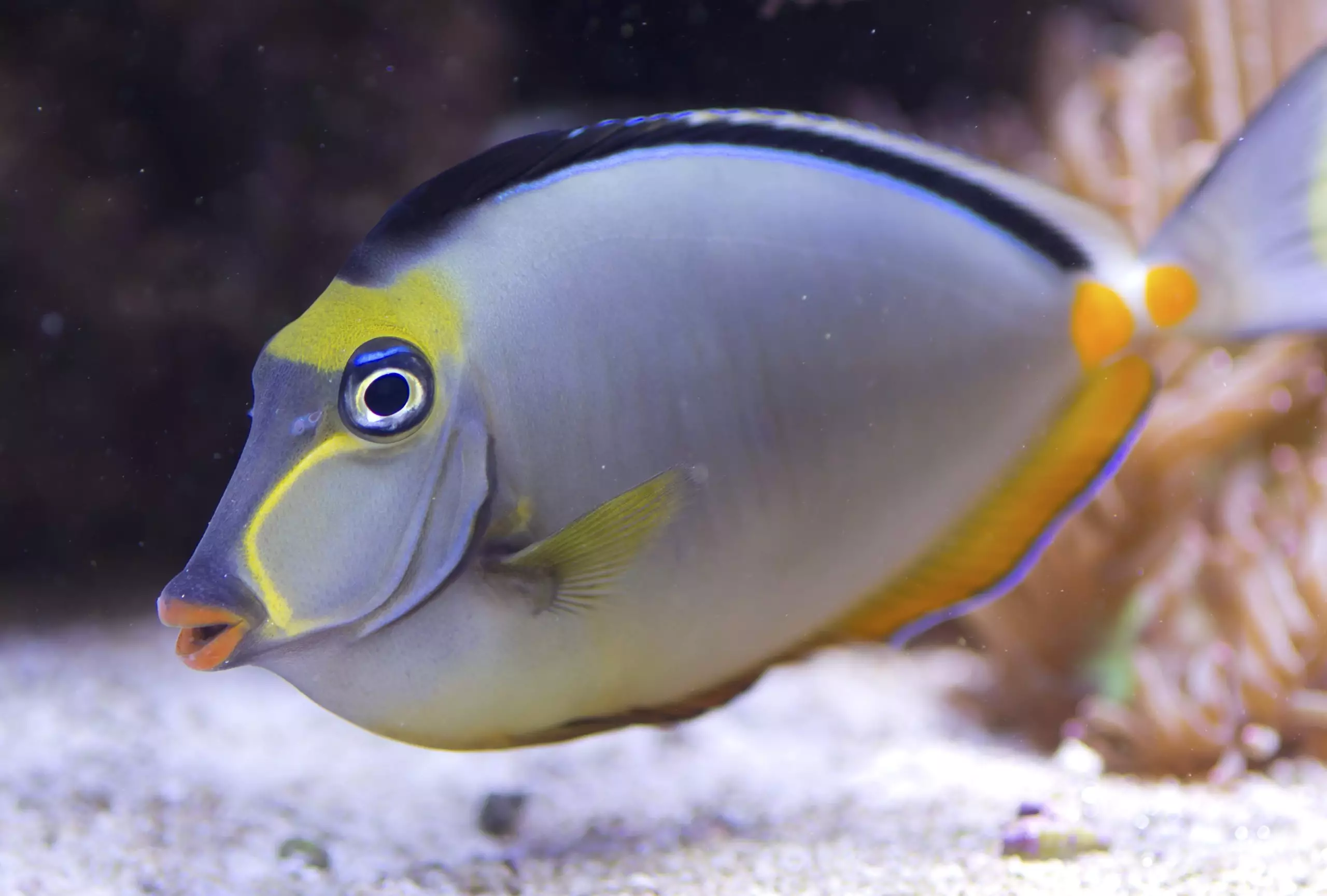

Reviews
There are no reviews yet.